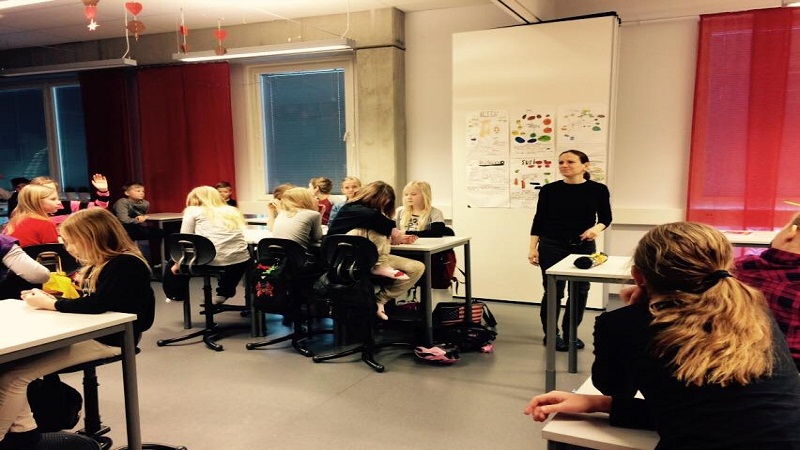The MOOC are fashionable; everyone has completed one, or at least noted. There are many types of MOOC; if you are in an academic institution and you are interested MOOCs may begin to give you useful this taxonomy. If your case is an eLearning company or a school of average lessons that wants to implement online learning platform, we teach the basic schematic guide.

What types of MOOCs there?
Transfer MOOCs: A university makes available to the public, in general, existing courses he has done in the past
Made MOOCs: Are more innovative, making effective use of video and interactive material. Usually new courses and quality
Synch MOOCs: With departure and end
Asynch MOOCs: Are more flexible, without departure or end
Adaptive MOOCs: The learning experience is personalized and dynamic evaluation is based on data collection during the course development
Group MOOCs: The main line of work is in small groups.
Connectivist MOOCS: Emphasis is focusing on the connection lines peer networking
Mini MOOCSs: Is smaller than the traditional MOOC, with a more limited audience.
You may also like to read another article on WeiWeiCS: What is it that makes a successful E-Learning project?
11 dimensions SHOULD CONSIDER FOR DESIGNING A MOOC
- Open: To whom and how open the MOOC?
- Massively: Towards how many people and on what scale open it ? What number of participants allow?
- Diversity: How far? Does it require learning or prior training? Is it specific? Specificity required to guide potential students about the expected level MOOC
- Using Multimedia: Quantity and variety. Video-issues?
- Communication: Degree of communication, ways and times (forums, private messaging, P2P)
- Collaboration: Small groups, peer, single …
- Reflection: To what extent it is recommended reflection, how important is for evaluation, whether there is no place and what space left between subjects to reflect on learning
- Itinerary: Order and coherence, decision thread.
- Quality: Under what assumptions and indicators and decided to evaluate the quality of MOOC
- Formal learning: How to link to or formal educational offerings
- Autonomy: Degree of autonomy vs. heteronomy degree (dependence on others / as)







